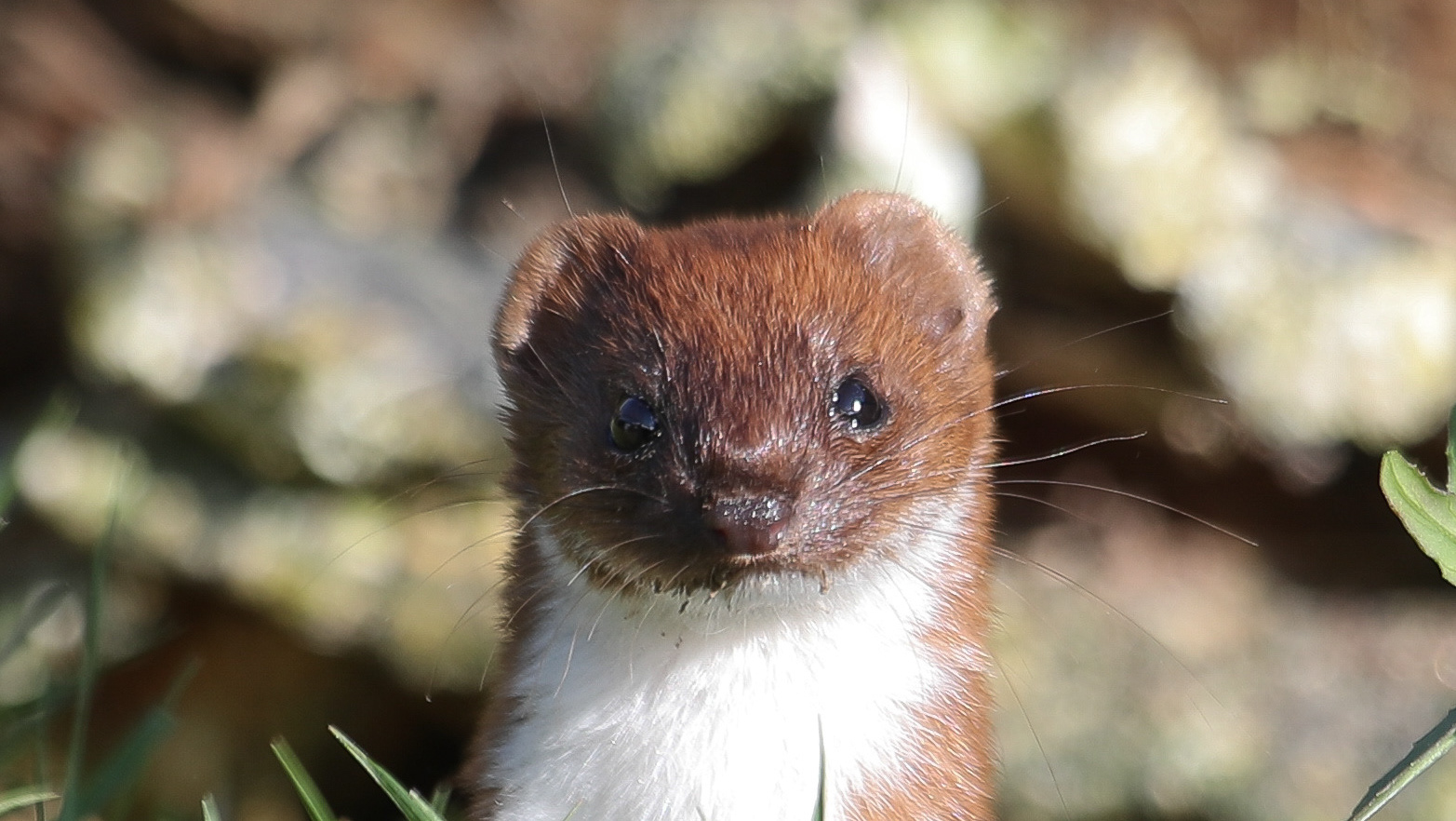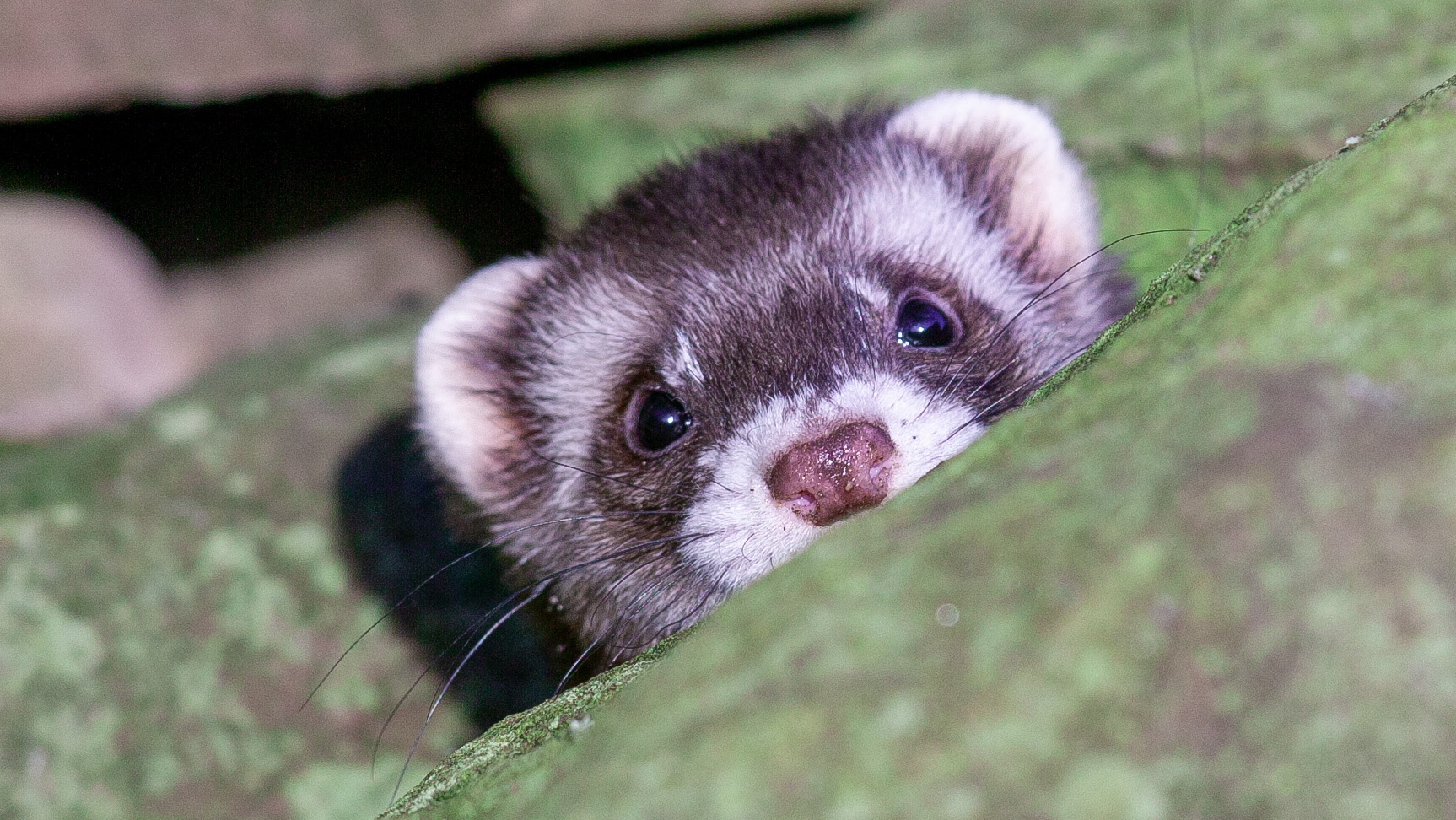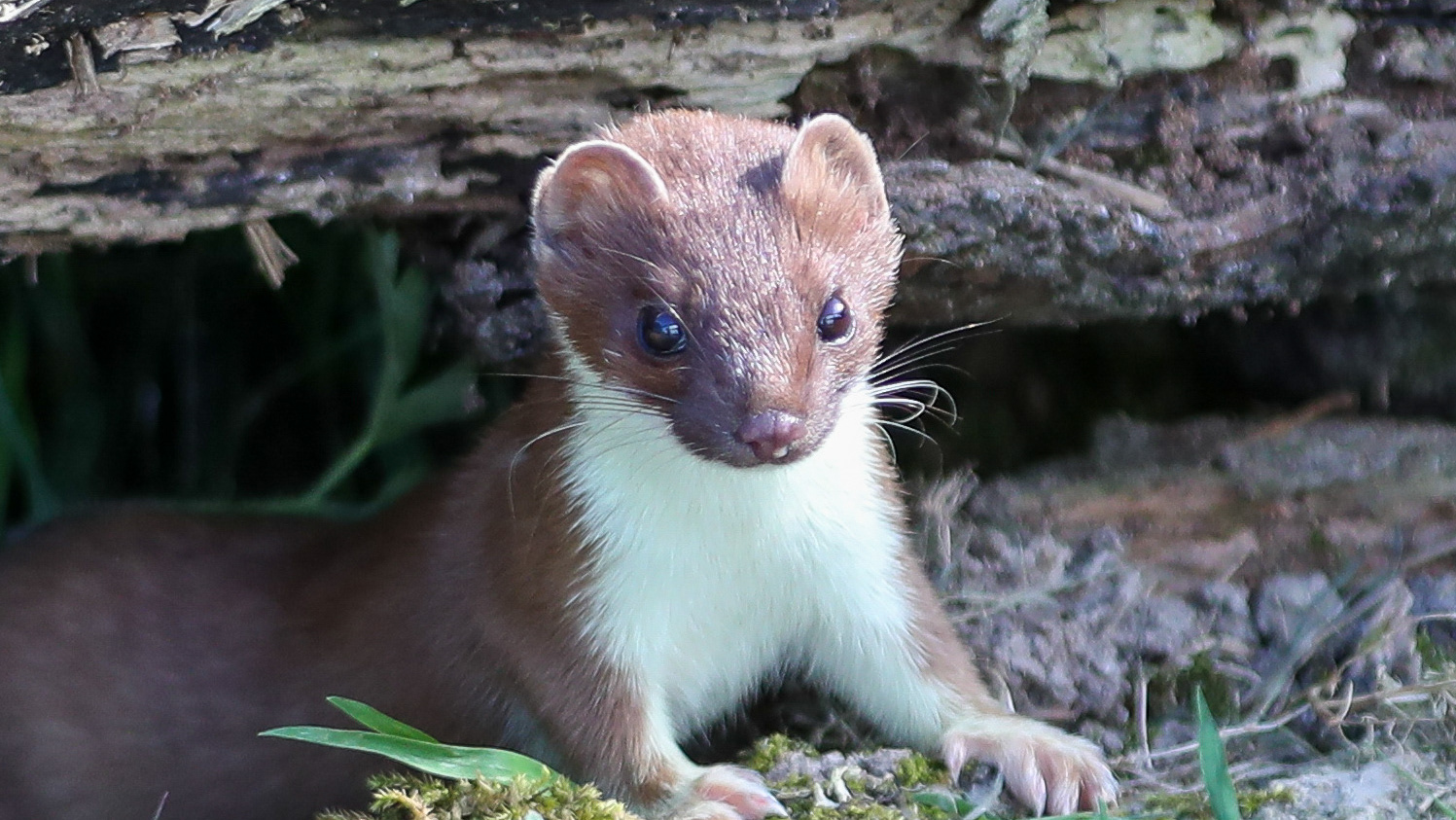Otter - Lutra lutra
Around 70 years ago Cheshire could have hosted a mustelid cluedo; who was killing Mr Otter? Was it the sewage works with their frequent accidental emissions, the farming industry with the run off, pesticides and herbicides, industry with its poisonous effluent, salmon poachers with their gelignite, the hunt pack with their otter hounds or the gamekeeper with his traps … well, it was probably all of them. The burgeoning pressure from all these activities
The Mersey (River), a name that means ‘boundary river’ is a term a lot older than the county of Cheshire. This river lies on the northern boundary of the county and meanders through the centre of Warrington. In the 1960’s I regularly crossed over the River Mersey to go to the town baths or the ABC cinema but it never struck me as odd that the River Mersey was lifeless with not so much as an aquatic plant let alone fish or dragonfly. Less than a lifetime before there were clauses written into farm labourer’s contracts to stop the employers from feeding the workers too much salmon from the river. As a child I used to marvel at the large pink and blue ‘foambergs’ floating down from the industry further up river.
As attitudes changed for the better towards our planet and its non-human inhabitants, the rivers started to clean up and the most aquatic of our mustelids started returning. Otter is now being recorded on many of our rivers and canals as well as smaller brooks and streams.
A number of reports have been received regarding otters using the smaller less productive brooks and shallow streams for navigation purposes, leaving the water feature at appropriate places to relieve garden ponds of their fish.
Though canals are an artificial construct they can attract their own suite of fauna which in other waters may struggle. Some extensive stretches of canal within the county can be plant-free and the water turbid, which tends to result in a dearth of invertebrates. The lack of invertebrates and plants must no doubt impact on localised fish populations. One section of the invertebrate fauna that thrives in these conditions are the filter feeding molluscs. It takes only a net-drag along the bottom of a canal or a net-scrape up a canal wall to reveal dislodged mussels such as the native Swan mussel or the non native Zebra Mussel, however, the crunched up feeding remains along river banks are difficult to positively attribute to Otter. What is certain, is that Otters are now in our rivers and canals and spreading throughout the county. The video below shows an Otter in a bankside tunnel of the River Mersey in the centre of Stockport.
Otter in Stockport





